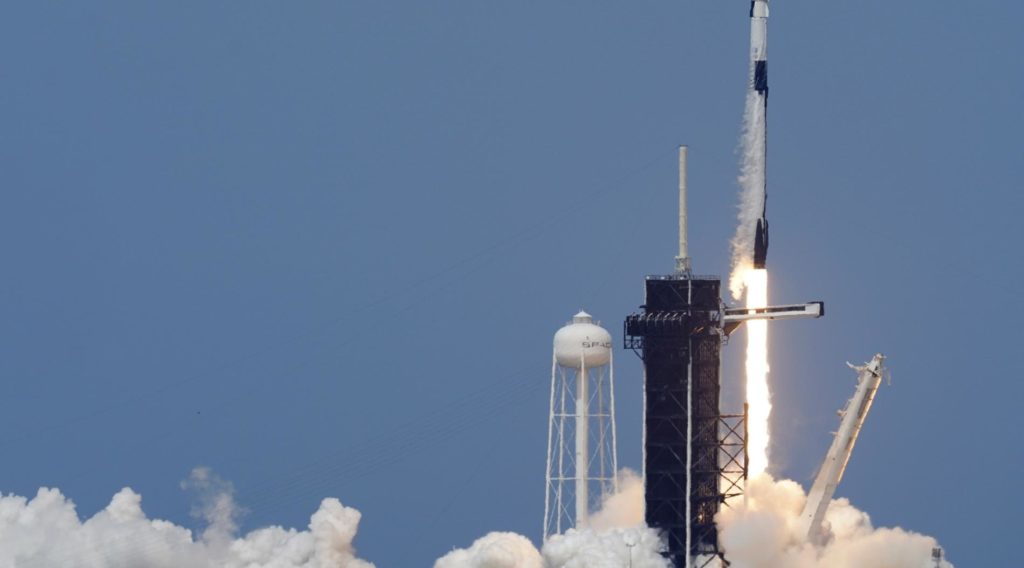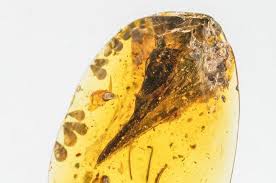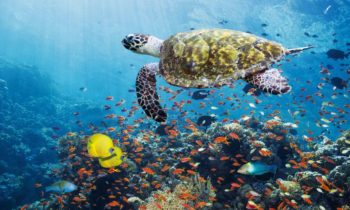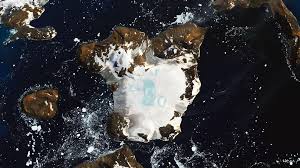
NASA intends to pay the Russian space office to launch one of its astronauts—and Russian cosmonauts will probably make a trip to space from Florida one year from now.
So those that idea the notable SpaceX Crew Demo-2 mission changed the game should reconsider.
In the days after “Launch America”— when two NASA astronauts went to the International Space Station (ISS) from U.S. soil without precedent for right around 10 years, finishing NASA’s dependence on the Russian space office Roscosmos—there’s been a great deal of discussion about it being a reminder for Russia’s space program and some bragging by SpaceX.
It isn’t so basic—and it’s certainly not the finish of co-activity between the U.S. also, Russia.
Recently NASA declared that it would send its astronaut Kate Rubins on a six-month crucial the ISS as a flight architect and individual from the Expedition 63/64 team.
Without a doubt, she’s going on the following SpaceX dispatch from Florida on SpaceX’s $55 million-per-seat Crew Dragon? No—Rubins’ excursion will be with cosmonauts Sergey Ryzhikov and Sergey Kud-Sverchkov of the Russian space office Roscosmos, who will together dispatch on October 14, 2020, on a Soyuz MS-17 rocket from the Baikonur Cosmodrome in Kazakhstan.
Her seat will cost NASA $90 million, much the same as in the pre-SpaceX Crew Dragon days.
“This contract modification is $90,252,905.69 for the single crew mission seat in the fall of 2020, including all necessary training and preparation for launch, flight operations, landing and crew rescue for a long-duration mission as well as some limited crew cargo delivery to and from the station,” NASA spokesperson Stephanie Schierholz told Forbes in an email yesterday. “This also includes ancillary services related to launches and landings.”
In any case, Rubins’ outing to the ISS from Kazakhstan will most likely bring the blind down on NASA astronauts making a beeline for the ISS from Kazakhstan. “NASA has high confidence that U.S. commercial crew providers will be available in 2020/2021 and that no further Soyuz seat purchases will be necessary,” said Schierholz.
All things considered, couldn’t Rubins join NASA associates Michael Hopkins, Victor Glover, and Shannon Walker, and JAXA astronaut Soichi Noguchi, on Crew-1—the primary booked SpaceX Crew Dragon excursion to the ISS—expected to dispatch on August 30, 2020? All things considered, Crew Dragon has seven seats.
“For commercial crew missions, NASA has contracted for four-seat permission,” explained Schierholz. “NASA is using the additional space on commercial crew missions to bring more than 220 pounds of cargo back and forth to the station with each mission.”
If Rubins’ excursion to space on a Soyuz is the last one for NASA, it might start the contrary pattern of Roscosmos—left without the receipts from NASA to cost-viably fly it’s Soyuz—paying SpaceX and Boeing for seats.
“NASA is in discussions with Roscosmos to ensure future Soyuz and operational commercial crew missions include both a US crew member and a cosmonaut to continue safely operating the space station,” said Schierholz. “The expectation is cosmonauts will fly on Crew Dragon and Boeing Starliner and vice versa. The exact details of how that is enabled are what we’re working.”
Boeing will fly a second uncrewed flight trial of its CST-100 Starliner vehicle later in 2020.
Disclaimer: The views, suggestions, and opinions expressed here are the sole responsibility of the experts. No Opinion Bulletin journalist was involved in the writing and production of this article.



